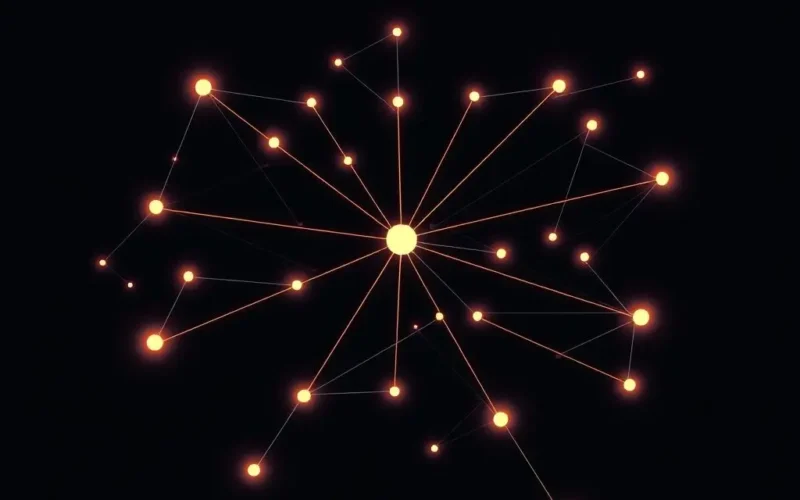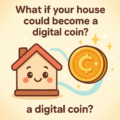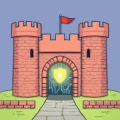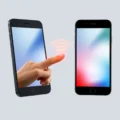What if an organization wasn’t ruled by a single boss, a small group of executives, or a rigid hierarchy? Imagine a collective, driven by code and powered by its members, where every significant decision is put to a vote, and the entire process is out in the open for anyone to see. Sounds a bit like science fiction, doesn’t it? Well, welcome to the world of Decentralized Autonomous Organizations, or DAOs, and they’re already here, quietly (and sometimes not so quietly!) shaking up how we think about groups, companies, and even governance itself.
If you’ve heard the buzz but aren’t quite sure what a DAO is all about, you’re in the right place. Think of it like a digital club house with no president, where the rules are programmed, and the members hold all the keys. Every idea, from funding a new project to changing a rule, starts as a proposal that the community then discusses and votes on, with everything recorded transparently on a blockchain.
It’s a powerful concept centered on empowering individuals, fostering collaboration, and building towards a shared goal without the constraints of traditional structures. Whether it’s for managing digital art galleries, pooling funds for investments, or even running social clubs, DAOs represent a fascinating evolution in how humans can coordinate and create together. It’s genuinely about collective governance, enabled by cutting-edge technology – ultimate power to the participants, the true community upgrade.
To give you a quick visual taste of what we’re talking about, check out this short explainer:
Intrigued? Let’s dive deeper into this futuristic tech.
Table of Contents
Unpacking the DAO Acronym: What Does it Actually Mean?
Let’s break down the name itself:
- Decentralized: This is key. There’s no single point of control. Instead of a central authority (like a CEO or a board), the power and decision-making are distributed among the community members.
- Autonomous: Once the rules are set by the community and encoded into smart contracts on a blockchain, the organization can operate autonomously. Decisions are executed automatically based on voting outcomes, without needing manual intervention from a central figure.
- Organization: This refers to the collective group of people working towards a common goal, managing resources, and making decisions together.
At its core, a DAO is an organization represented by rules encoded as a computer program, transparent, controlled by the organization members, and not influenced by a central government or third party. Because the rules are on a blockchain, they are immutable (hard to change) and transparent (anyone can see them).
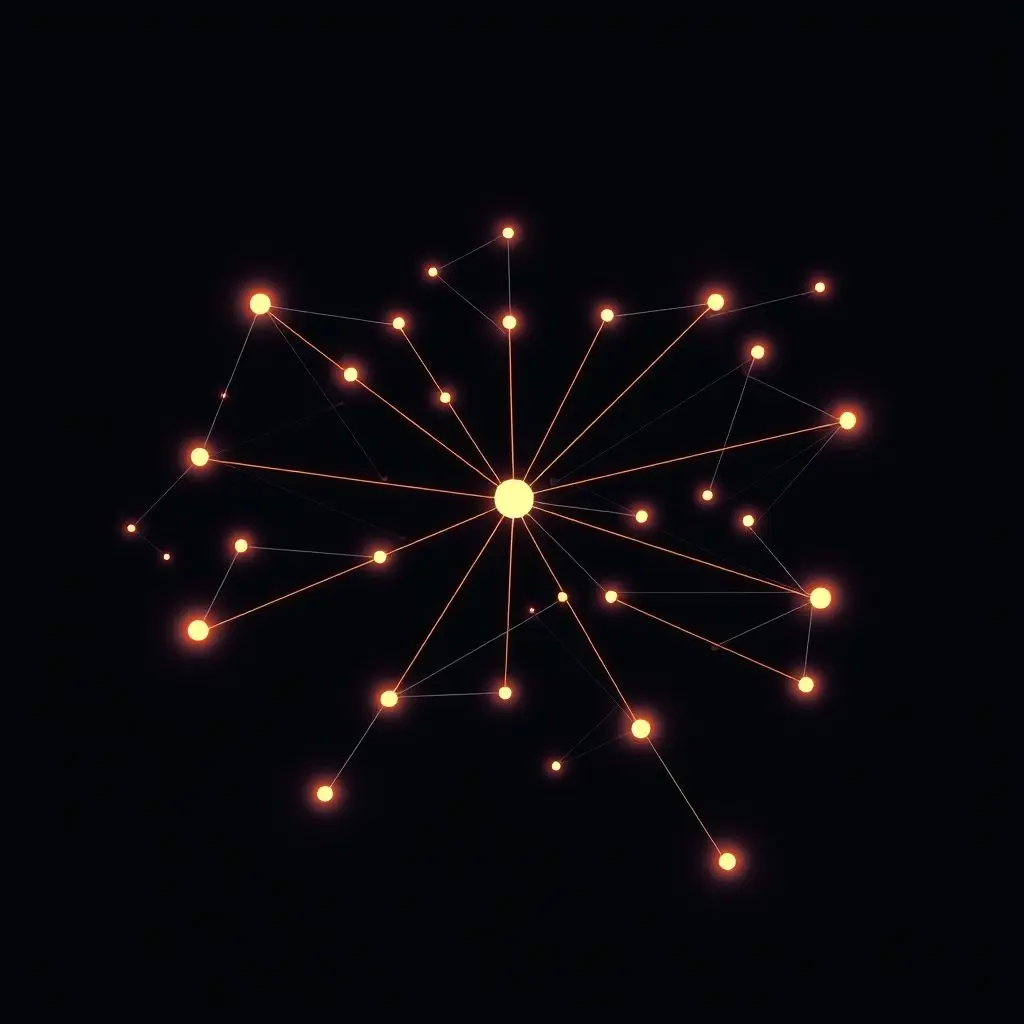
How Does a DAO Function in Practice?
The backbone of a DAO is the blockchain technology and smart contracts. Here’s a simplified look at the typical workflow:
1. Smart Contracts: The Rulebook Written in Code
Before a DAO launches, its initial rules and structure are written into smart contracts deployed on a blockchain (like Ethereum, Solana, or others). These contracts define how the DAO will operate, including membership, voting procedures, how funds are managed, and what actions trigger automated responses.
2. Membership and Tokens
Membership in a DAO is typically gained by holding its native governance token. These tokens represent voting power – often, the more tokens you hold, the more weight your vote carries, although some DAOs implement quadratic voting or other mechanisms to prevent excessive concentration of power. Tokens can be earned through contributions, purchased, or distributed via initial offerings.

3. Proposals
Any member (or sometimes members holding a minimum amount of tokens) can create a proposal for the DAO to consider. A proposal could be anything from allocating funds for a new project, changing a parameter in the smart contract rules, or even deciding on marketing strategies.
4. Voting
Once a proposal is submitted, it enters a voting period. Members use their governance tokens to vote ‘yes’ or ‘no’ (or sometimes other options) on the proposal. The voting process is transparent and recorded on the blockchain. For a proposal to pass, it typically needs to meet a predefined quorum (minimum participation rate) and a supermajority (e.g., 60% or 70%) of the votes.
5. Execution
If a proposal meets the requirements and passes the vote, the outcome is often executed automatically by the underlying smart contracts. For example, if a proposal to release funds to a specific project passes, the smart contract can be programmed to transfer those funds directly from the DAO’s treasury without any human intermediary needed for the transfer itself.
6. Treasury Management
Most DAOs have a treasury – a pool of assets (cryptocurrencies, tokens, etc.) controlled collectively by the members through the proposal and voting process. This treasury funds operations, investments, grants, and other activities approved by the community.

Why Are DAOs Gaining Traction? The Benefits
The DAO model offers several compelling advantages over traditional organizational structures:
- Transparency: All rules, proposals, and votes are recorded on a public blockchain, making the organization’s operations incredibly transparent.
- Efficiency: Automated execution via smart contracts can streamline processes once a decision is made.
- Global Reach & Inclusivity: Anyone, anywhere with an internet connection and the necessary tokens can participate, breaking down geographical barriers.
- Community Ownership & Alignment: Token holders are stakeholders who have a direct incentive to see the DAO succeed, fostering a strong sense of ownership and aligned interests.
- Censorship Resistance: Because they are decentralized and run on blockchains, DAOs are generally resistant to single points of failure or external censorship (though smart contracts can have vulnerabilities).
- Innovation: The open proposal system allows a diverse group of participants to contribute ideas, potentially leading to more innovative outcomes.
Beyond Finance: Diverse Use Cases for DAOs
While many early DAOs emerged in the Decentralized Finance (DeFi) space, the model is applicable to a vast array of human endeavors:
- DeFi Protocols: Governing lending protocols, decentralized exchanges, and stablecoins (e.g., MakerDAO, Uniswap).
- NFT & Art Collectives: Pooling funds to purchase expensive NFTs or collectively manage digital art galleries (e.g., PleasrDAO).
- Venture Capital DAOs: Decentralized investment clubs that pool capital and vote on which startups or projects to invest in.
- Social & Community DAOs: Forming online clubs, coordinating events, or managing community resources.
- Media DAOs: Decentralized news or content platforms where the community governs content creation and distribution.
- Grant-Giving DAOs: Funding public goods or projects within a specific ecosystem.
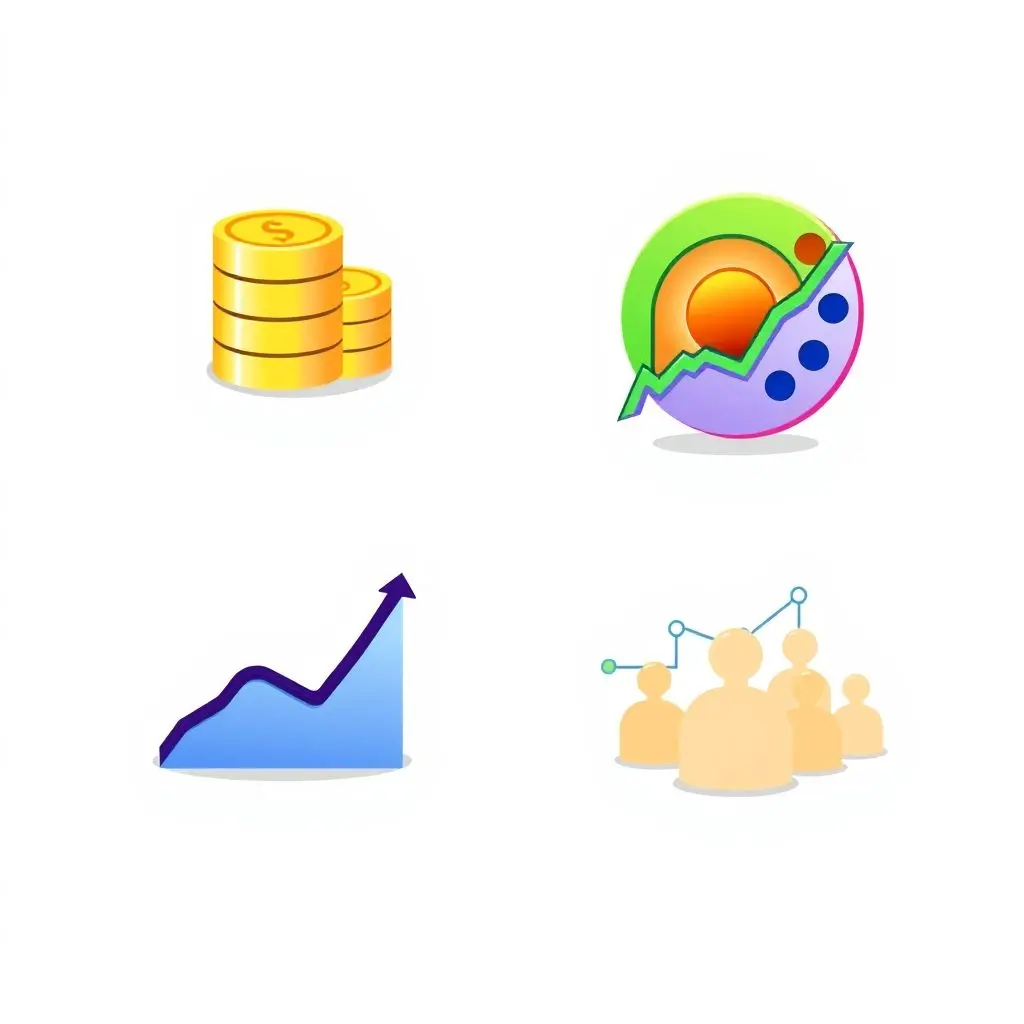
Not Without Challenges: The Hurdles DAOs Face
Despite their potential, DAOs are still evolving and face significant challenges:
- Governance Challenges: Issues like voter apathy (members not voting), whale dominance (large token holders having too much power), and coordinating large groups can be complex.
- Legal & Regulatory Uncertainty: The legal status of DAOs is unclear in many jurisdictions, creating risks regarding liability, taxation, and compliance.
- Security Risks: Smart contracts can have bugs or vulnerabilities that malicious actors can exploit, potentially leading to significant financial losses (as seen in early DAO hacks).
- Complexity & Accessibility: Understanding how to participate, manage tokens, and interact with proposals can be technically daunting for non-experts.
- Initial Setup: Designing effective smart contracts, governance models, and tokenomics is complex and critical for success.
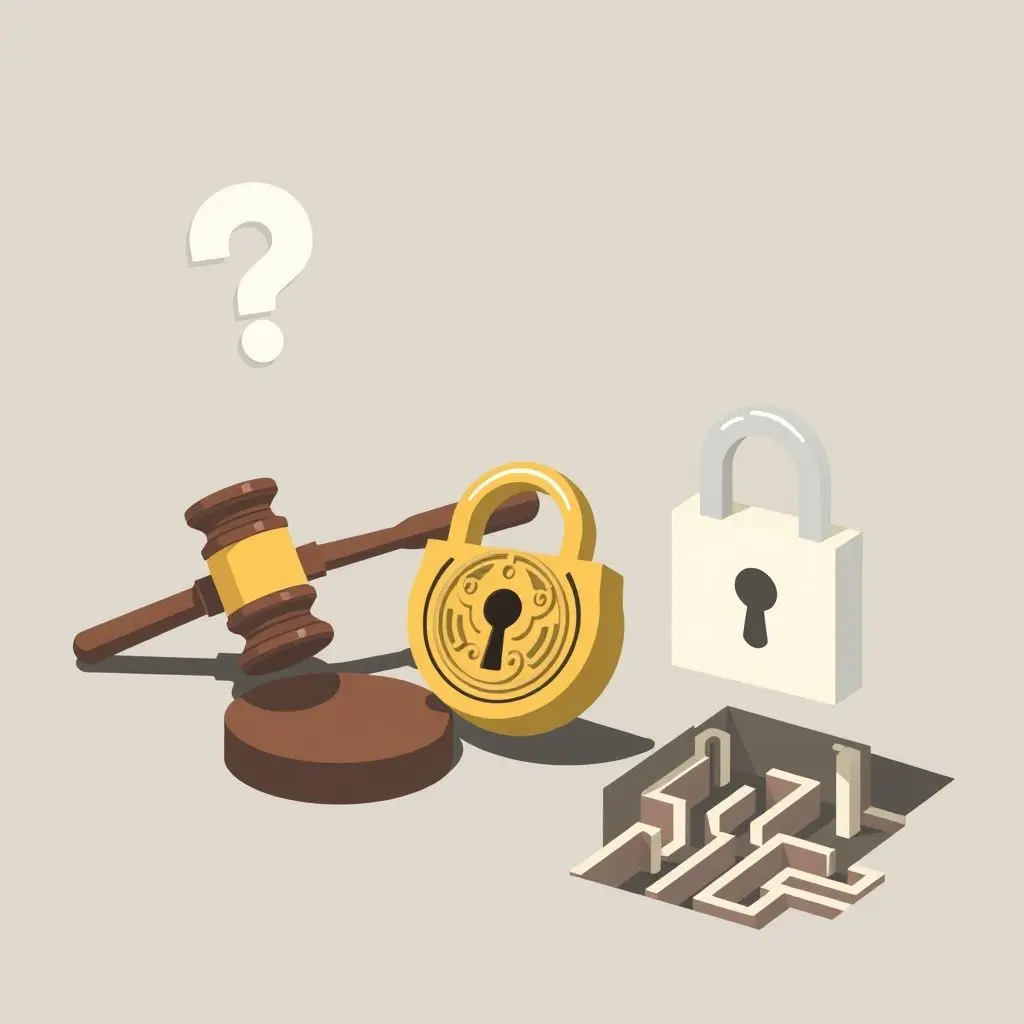
The Evolving Landscape of Work and Organization
DAOs represent a fascinating experiment in collective coordination and ownership. They challenge deeply ingrained assumptions about leadership, organizational structure, and trust. While they won’t replace all traditional organizations overnight, they offer a powerful alternative, particularly in digital-native environments. They hold the promise of more equitable, transparent, and community-driven ways of working and creating value together.
As the technology matures and legal frameworks begin to adapt (slowly!), we’re likely to see DAOs become an increasingly prominent feature of the digital landscape, pushing the boundaries of what’s possible when you empower a community to govern itself.
Common Questions About DAOs
What is the main difference between a DAO and a traditional company?
A traditional company has a hierarchical structure with clear lines of authority (CEO, board, managers), while a DAO distributes decision-making power among its token-holding members through transparent, on-chain voting. Traditional companies rely on legal agreements and human execution; DAOs rely on code (smart contracts) for rules and often for execution.
Are DAOs truly decentralized?
It varies. Some DAOs are more decentralized than others. Factors like the distribution of governance tokens (is power concentrated?), the complexity of changing smart contracts (can a small group block changes?), and the accessibility of the proposal/voting process influence the actual level of decentralization.
Who creates a DAO?
Usually, a core team or group of founders creates the initial smart contracts, defines the initial rules and token distribution, and launches the DAO. However, once launched, the control is intended to shift to the token holders.
Are DAOs legal?
The legal status of DAOs is still largely undefined and varies significantly by jurisdiction. Some places are exploring specific legal frameworks (like Wyoming in the US), while in many areas, they exist in a grey zone, potentially being treated as partnerships, corporations, or even unincorporated associations, which can create legal risks for participants.
How do I join a DAO?
Typically, you join a DAO by acquiring its governance tokens. This might involve purchasing them on an exchange, earning them through contributions to the DAO’s ecosystem, or participating in initial distribution events. Once you hold tokens, you can usually participate in discussions, propose ideas, and vote on proposals.
Thinking Ahead
The journey of Decentralized Autonomous Organizations is just beginning. They represent a bold experiment in collective action, leveraging technology to create new forms of coordination and value creation. While challenges remain, the potential for more transparent, efficient, and community-driven organizations is immense. As the digital world continues to evolve, understanding DAOs will be key to grasping the future of work, collaboration, and governance itself.
